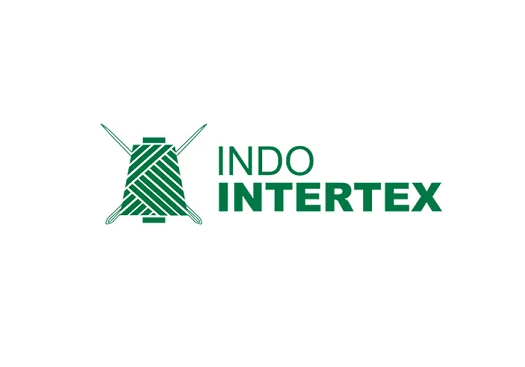
Pollution in Delhi has become uncontrollable and the government has implemented the GRAP IV phase, temporarily banning BS-III petrol vehicles and BS-IV diesel vehicles.
Delhi’s air quality index (AQI) has never seen such figures in the past few weeks. Delhi appears to be shrouded in smog as the air quality index crosses 800. The government plans to move from GRAP Phase-III to implement GRAP-IV (Graded Response Action Plan) in Delhi-NCR region to deal with this dire situation. During this implementation period, BS-III petrol vehicles and BS-IV diesel vehicles will be temporarily banned from the roads.
On Friday (November 15), Delhi Traffic Police issued 514 challansawarding Rs 20,000 each to those who refuse to comply. The challan merger alone costs over Rs 1 crore. In addition, the Delhi Traffic Police also impounded more than 2,000 over-age vehicles, including 260 diesel vehicles and 2,000 petrol vehicles and two-wheelers.
What is allowed and what is not allowed?
As per GRAP-IV, petrol vehicles complying with BS-III emission norms and diesel vehicles complying with BS-IV emission norms are restricted on Delhi-NCR roads. During this ban period, anyone driving such a vehicle will be fined Rs 20,000 and the vehicle may also be impounded. However, petrol cars certified as BS-IV or above and diesel cars certified as BS-V or above can be driven without restrictions. There are also no restrictions on CNG vehicles and electric vehicles (EVs).
What documents are required during this ban?
Drivers who own vehicles that are not subject to GRAP-IV restrictions also need to exercise caution during this time. A copy of the PUC (Pollution Control) certificate is essential to avoid penalties. On Friday (November 15), Delhi Traffic Police issued 4855 challans Not carrying a valid PUC certificate. The total amount of challan is over Rs 4 crore, Rs 10,000 per vehicle.
What are BS emission standards?
BS-III
India first introduced BS-III (Bharat Phase III) emission standards in 2005 for two-wheelers and later in 2010 for four-wheelers. These standards are designed to reduce harmful pollutants such as carbon monoxide (CO) and nitrogen oxides (NOx) by: improving vehicle fuel combustion and efficiency. However, BS-III vehicles have higher emission levels compared to advanced standards and were officially phased out in 2017 to promote cleaner transportation technologies.
BS-IV
In April 2017, BS-IV (Bharat Phase IV) standards were implemented across India to deal with increasing pollution levels. They introduced tighter limits on harmful pollutants, particularly particulate matter and nitrogen oxides, while mandating the use of low-sulfur fuel (50 ppm). Vehicles require technologies such as fuel injection and exhaust after-treatment systems. These norms pave the way for BS-VI in 2020, which aims to further reduce the impact on the environment.











Leave a Reply Cancel reply
You must be logged in to post a comment.